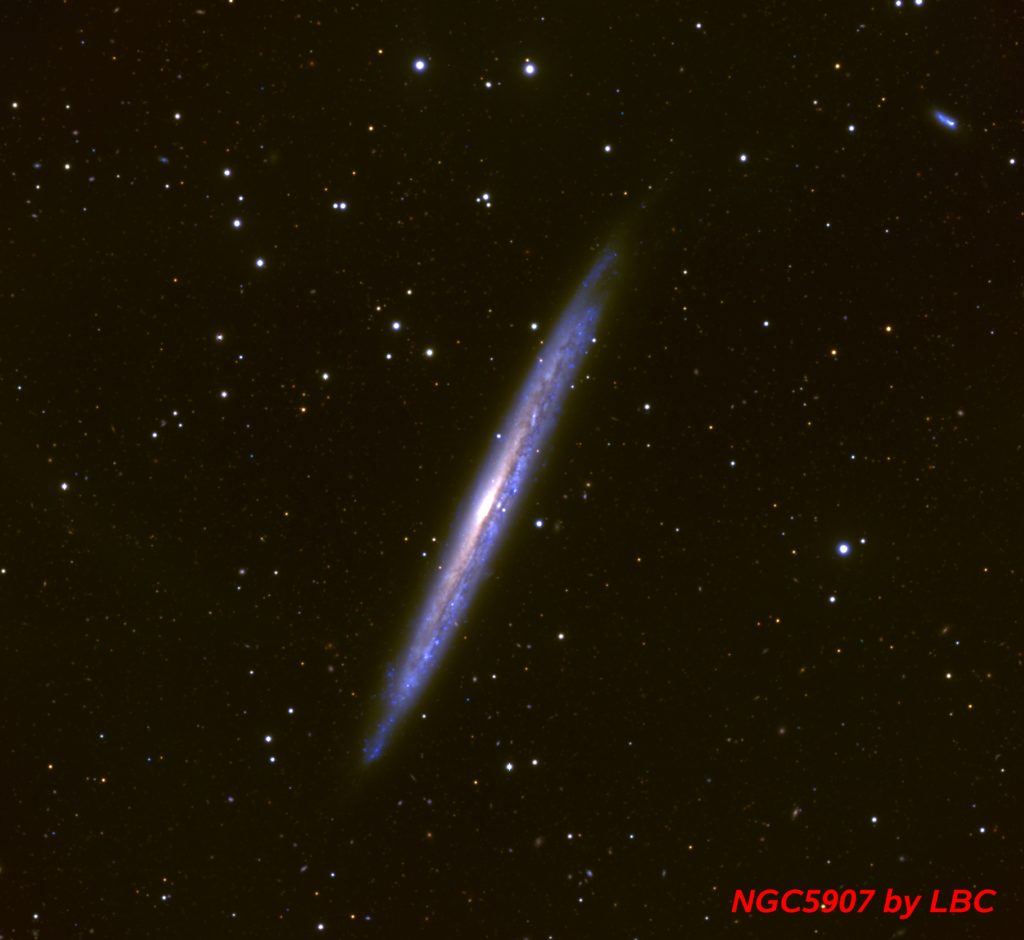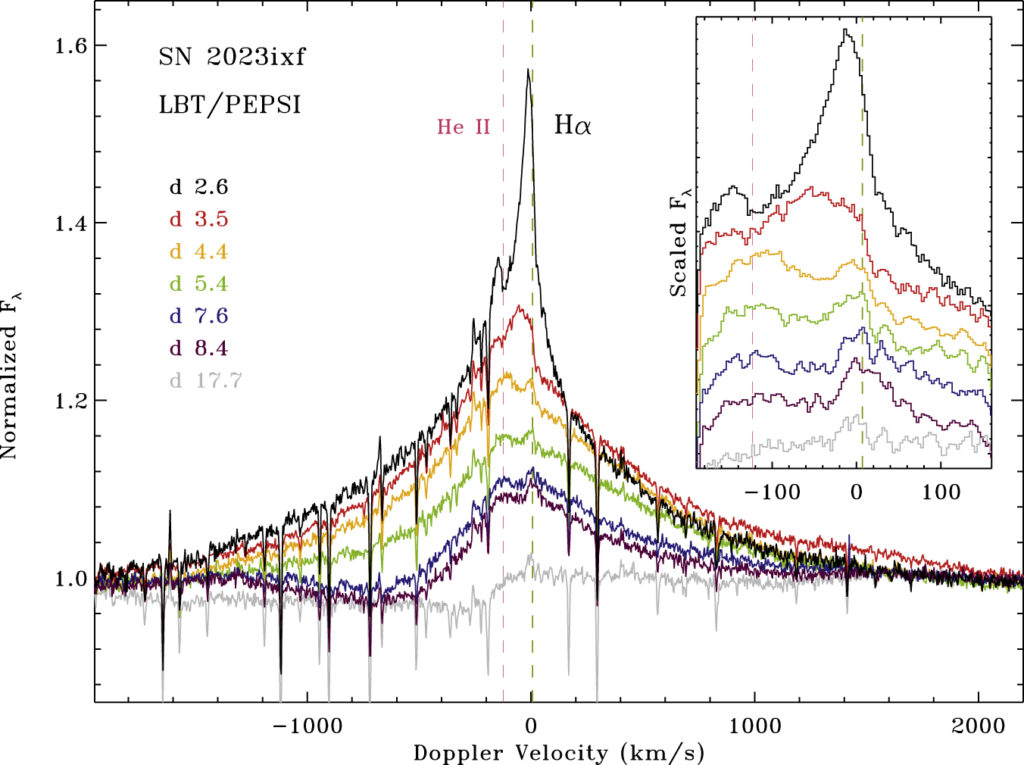
The Large Binocular Telescope is one of the most advanced optical-NIR telescopes available today. Its innovative concept is based on two 8.4m-diameter mirrors on a common mount, with an edge-to-edge baseline of 22.8 meters that enables interferometric observations with high spatial resolution and sensitivity, and adaptive secondary mirrors for AO-fed observations. It is located at one of the highest observatory sites in North America and is equipped with a versatile suite of classical and AO optical/IR instruments.
A full list of instruments is available at these links: https://www.lbto.org/instruments-overview/ (for the operational instruments) and https://www.lbto.org/2ndgen-instruments/ (for those under commissioning or forthcoming).
The Observatory is owned and funded by the Large Binocular Telescope Corporation (LTBC), with observing access currently limited to its members. The LBTC seeks to broaden the composition of participating institutions that contribute to facility upgrades and the long-term financial sustainability for the Observatory.
With a full suite of classical and AO-fed instruments from the UV to the IR, LBT offers advanced observational capabilities in nearly every astronomical area and a full coverage of the Northern sky.
As an example, we highlight three observational modes that may be attractive for a wide number of potential users:
- Extreme-AO imaging at high Strehl ratio, simultaneously obtained in the visible (V and R-band), IR (YJHK bands) and the mid-IR (L, M bands) with SHARK-VIS, SHARK-IR and LBTI, with spectroscopic capability available at infrared wavelengths.
- Simultaneous spectroscopic follow-up of transients and other variable sources from the U to the IR (YJHK) bands with the simultaneous use of MODS and LUCI (at medium resolution R~5000), or with PEPSI+iLocater (high resolution, R>100,000).
- Extremely high resolution (R~200,000) spectroscopy of bright sources with the PEPSI echelle spectrograph.
All instruments are simultaneously available at the telescope. Most of the AO instruments (LBTI, SHARK-NIR, SHARK-VIS and iLocater) are available in collaboration with the instrument teams.

Opportunity for Instrumental development
Thanks to its state-of-the-art technology, flexible organization and enthusiastic staff, LBT offers a unique environment for the exploration of new astronomical technologies and the implementation of innovative instruments.
LBT welcomes institutions and research teams willing to contribute to the joint development of new instruments and technologies, also exploring funding opportunities offered by competitive calls.
Access to Observing Time
LBT access is offered through three channels with differing levels of engagement in Observatory responsibilities and management. The first two (Full Membership and Collaborating Institution) allow the interested institutions to become Members (permanent or temporary, respectively) of the LBT Corporation and as such share the operational costs and observing rights. These levels also provide the opportunity to participate in the future development of the Observatory.
The third mode (Time Purchase) allows the purchase of a block of nights within a limited period and is optimal for supporting scientific collaborations and projects that wish to execute specific programs of defined duration.
A schematic representation of the different options and the relevant rights is given in the table below. Costs are indicated for 1/8 shares, and alternative levels of participation are possible.
| Nights per year1 | Duration (years) | Board Membership | Available Instruments2 | Entry Fee3 | Cost4 | |
|---|---|---|---|---|---|---|
| Full Membership | 25-30 per ⅛ share | Permanent | Full 5 | All | No | $1.8M/yr per ⅛ share |
| Collaborating Institutions | 25-30 per ⅛ share6 | ≥3 | As observer | All | $1M | $1.8M/yr per ⅛ share |
| Time Purchase | ≥ 10 | ≥1 | No | As agreed | No | $50-90k per night7 |
Additional information and Contacts
Those interested in exploring association with the LBT may contact the LBTO Director, Joe Shields (jshields@lbto.org) and the LBTC President Adriano Fontana (adriano.fontana@inaf.it) for more information.
1 Telescope time is considered in fully binocular mode – two 8.4m mirrors operating simultaneously on the same target(s) with twin or interferometric instruments. On average, this mode more than compensates for bad weather losses.
2 The agreement can be defined for the specific use of a given instrument or for broader access to the available instrumentation. The associated cost of a given night can vary accordingly.
3 The Entry Fee is due in recognition of the cumulative capital investment in the Observatory and necessity for ongoing renewal.
4 The actual cost is estimated on the basis of the Annual Cost of Operation, as approved by the Board of Directors. The quoted figures refer to the year 2024.
5 1 Member Representative for each institution and 1 Board Director every ⅛ share
6 The actual number of nights per ⅛ share varies depending on the number of allocated technical and commissioning nights. Up to ¼ shares are potentially available. Different fractions can be negotiated if needed.
7 The actual cost is subject to negotiation with the Board and depends upon the number of requested nights and the number and kind of instruments accessed.

